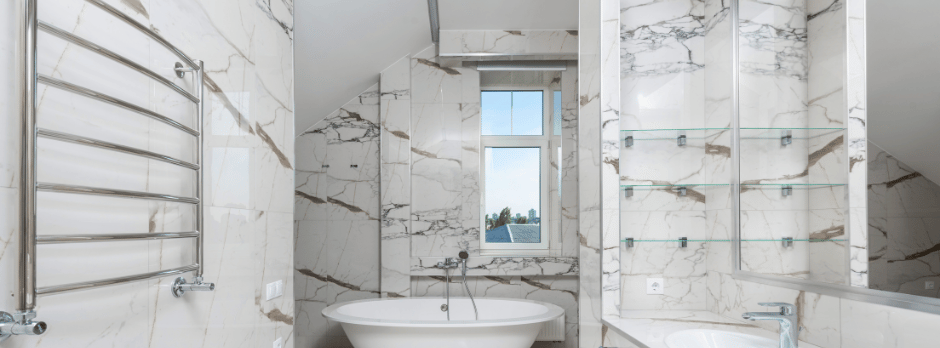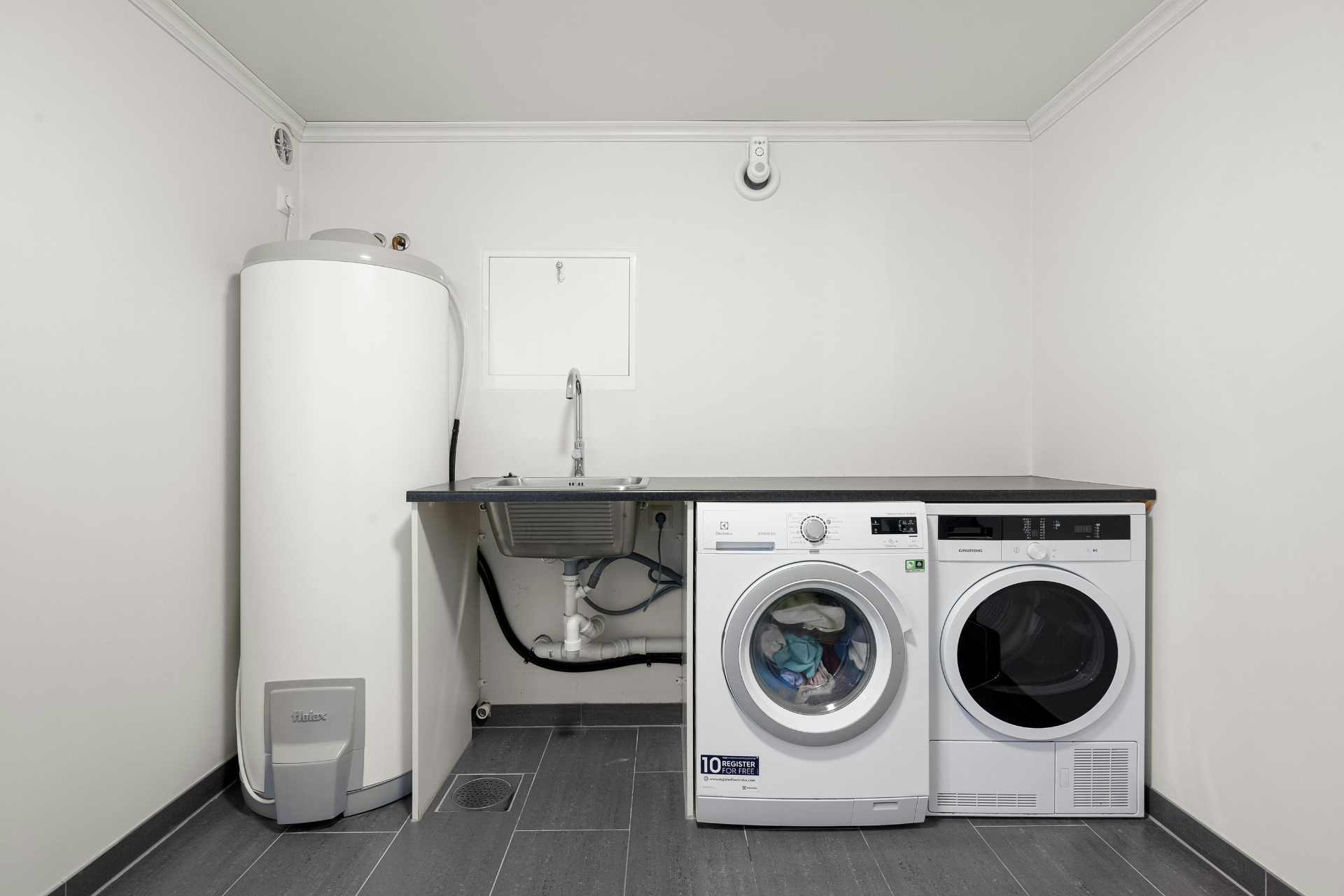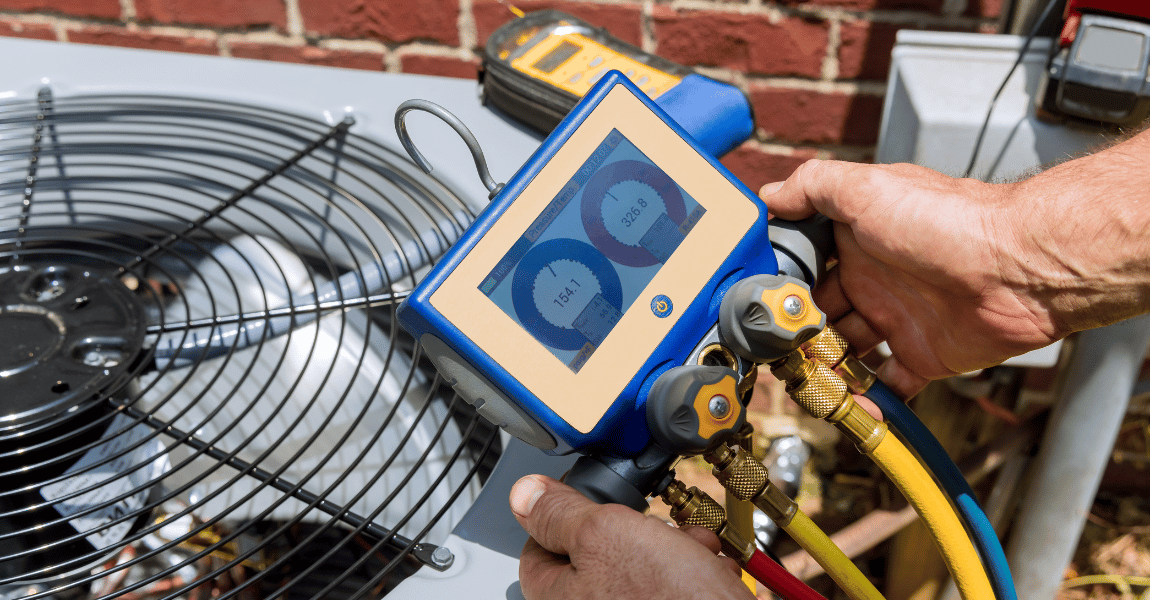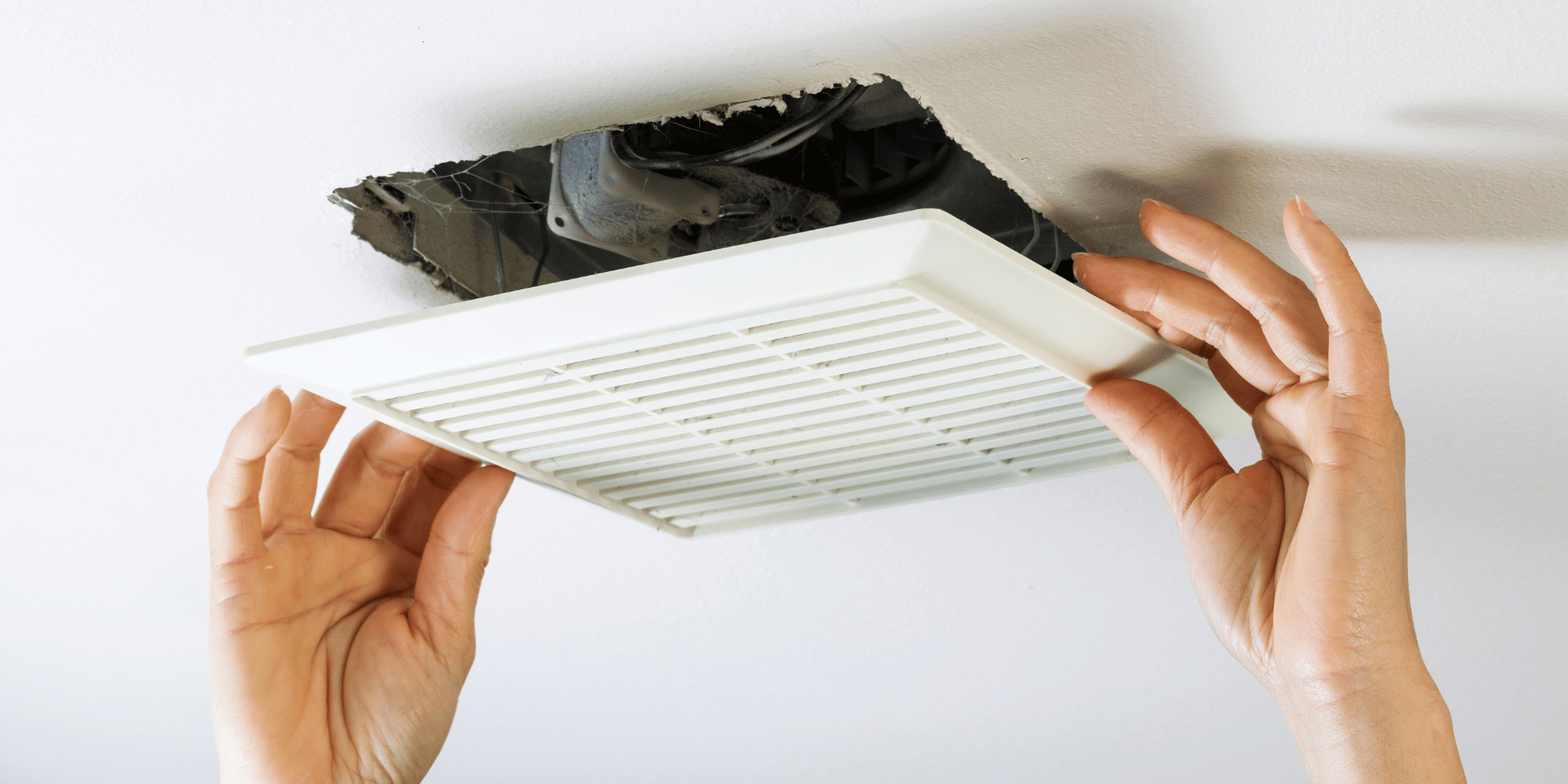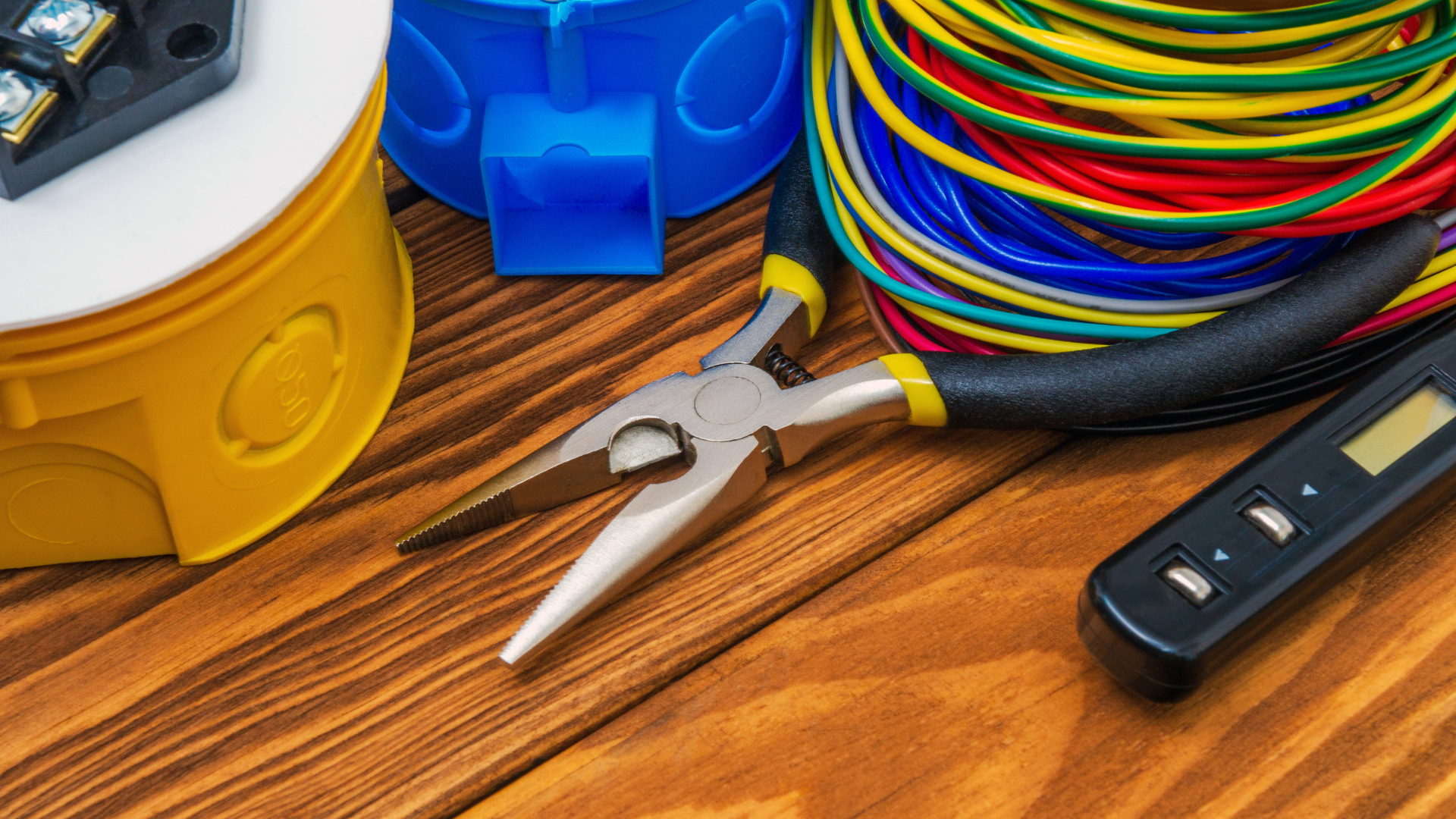Split System Air Conditioning: A Comprehensive Guide
Your Comprehensive Guide to Split System Air Conditioning
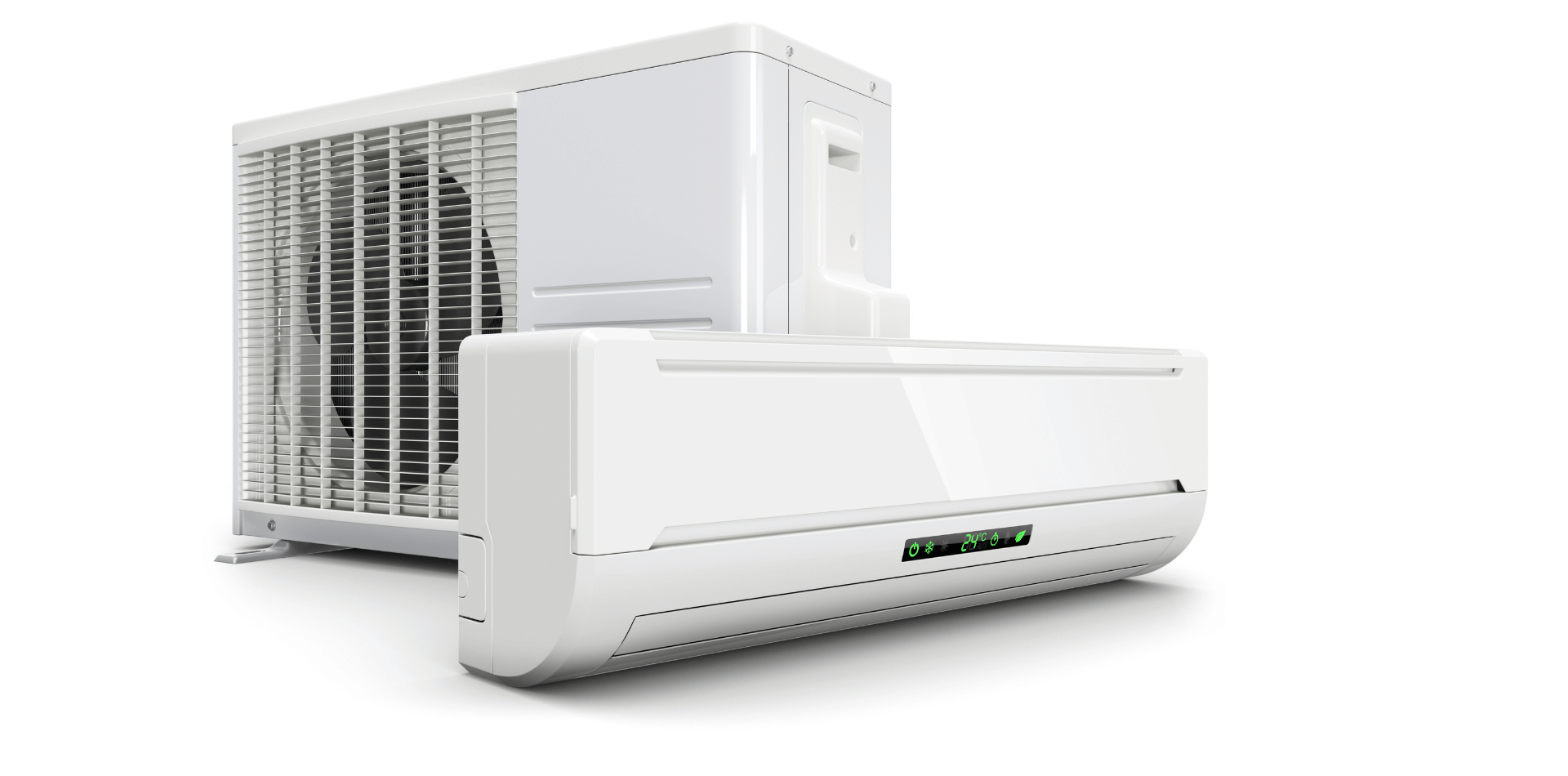
Split system Air Conditioners are an innovative solution to heating and cooling needs, offering a flexible and energy-efficient alternative, especially for homes without existing ductwork.
As their popularity continues to rise, understanding how these systems work and their potential benefits and drawbacks can help homeowners make informed decisions about their HVAC needs.
How a Ductless Mini-Split System Works
Split system air conditioners consist of two main components: an outdoor compressor/condenser and one or more indoor air-handling units. These components are connected by a conduit, which houses the power cable, refrigerant tubing, suction tubing, and a condensate drain.
Indoor Units
Each indoor unit is designed to cool a specific room or area within the home. Unlike traditional central air systems, mini-splits allow for targeted cooling and heating, as each indoor unit operates independently and is controlled by its own thermostat.
Outdoor Unit
The outdoor unit of a mini-split system houses the compressor and condenser components. It is responsible for expelling heat during the cooling process and absorbing heat from the outside air when heating is required.
Operation
When cooling, the system removes heat from the indoor air and discharges it outside, leaving the room cooler and more comfortable. For heating, the process is reversed, with the outdoor unit extracting heat from the outside air and transferring it indoors.
Advantages of Split System Air Conditioners
Flexibility and Zoning
The concept of flexibility and zoning in the context of split system air conditioners revolutionises how homeowners approach heating and cooling. This advanced feature allows for tailored temperature control across different areas or 'zones' in a home, leading to enhanced comfort and efficiency. Let's dive deeper into how this works and the benefits it offers.
Customised Comfort Solutions
Split systems enable homeowners to create multiple climate zones within their property, each controlled independently via its own thermostat. This means that different rooms can be set to different temperatures simultaneously, catering to the individual preferences of occupants. For instance, while a sunlit living room might require more cooling on a hot day, a rarely used guest room can be kept at a warmer temperature, or even turned off completely.
How Zoning Works
In a split system, each indoor unit operates independently and is typically associated with a specific zone or room. These units are connected to a single outdoor compressor but can be controlled separately. This setup allows for precise temperature management in each area, without affecting the climate in other parts of the house.
- Individual Control: Each zone can be adjusted independently, allowing for personalised settings based on occupancy, time of day, or specific needs (such as a home office requiring cooler temperatures).
- Remote Operation: Many modern mini-split systems come with remote controls or smart thermostats, enabling users to adjust settings from anywhere in the room or even remotely via smartphones.
- Programmable Settings: Advanced systems allow for the programming of temperature settings for different times of the day or days of the week, adding another layer of customization and convenience.
Advantages of Zoning
- Energy Efficiency: By cooling or heating only the areas that are in use, split systems significantly reduce wasted energy, leading to lower utility bills. There's no need to waste energy heating or cooling unoccupied rooms, as can be the case with traditional central HVAC systems.
- Enhanced Comfort: Zoning meets the diverse comfort needs of different family members. For instance, someone who prefers a cooler bedroom for sleeping can set their space to a lower temperature without affecting the rest of the house.
- Versatility: Split systems are suitable for a variety of living spaces, from apartments and condos to single-family homes and older houses without existing ductwork. Zoning adds to this versatility by allowing targeted temperature control in additions, renovations, or areas with specific heating and cooling challenges.
Considerations for Zoning with Mini-Splits
- Initial Setup: Implementing a zoned system involves planning and investment. The number of indoor units and their placement must be carefully considered to ensure optimal performance and coverage.
- Cost: The cost can increase with the number of zones required, as each zone typically needs its own indoor unit. However, this cost is often offset by the long-term energy savings and increased comfort.
- Aesthetics: Each indoor unit will be visible within its zone. While designs are increasingly sleek and unobtrusive, the presence of the units is a consideration for interior design.
- Maintenance: Each indoor unit requires regular maintenance, including filter cleaning and checks, which can be more time-consuming with multiple units.
The flexibility and zoning capabilities of ductless mini-split systems represent a significant advancement in home comfort and energy efficiency.
By allowing homeowners to control the temperature in different areas independently, these systems offer personalised comfort while reducing energy consumption and costs.
While there are considerations to keep in mind, such as initial setup and ongoing maintenance, the benefits of zoning make ductless mini-split systems an attractive option for many homeowners seeking a tailored heating and cooling solution.
Energy Efficiency
Ductless mini-split systems stand out for their energy efficiency, which is significantly influenced by their design and operational mechanisms. Unlike traditional forced-air systems that rely on a network of ducts, mini-splits directly condition the air in each room or zone, leading to less energy waste.
Here’s a closer look at the factors contributing to the energy efficiency of ductless mini-split systems and how they compare to traditional HVAC systems.
Reduced Ductwork Energy Loss
A significant amount of energy loss in traditional HVAC systems—up to 30% or more —can be attributed to ductwork, especially when ducts are situated in unconditioned spaces like attics or crawl spaces. Ductless mini-split systems bypass this issue entirely by eliminating the need for ducts, thereby reducing the opportunities for energy leakage and increasing the system's overall efficiency.
Targeted Cooling and Heating
Mini-split systems allow for zoning or the division of a home into separately controlled temperature zones. This means that energy is not wasted cooling or heating unoccupied spaces, as can happen with central air systems that treat an entire home as a single zone. The ability to target specific areas based on use and occupancy ensures that energy is used optimally and efficiently.
Inverter Technology
Many Split systems utilise advanced inverter technology, which allows the compressor to speed up or slow down based on the needs of the system rather than turning off entirely. This modulated operation requires less energy than the full-stop and full-start cycles of traditional HVAC compressors, leading to greater efficiency, prolonged life of the system, and more consistent indoor temperatures.
High SEER Ratings
The Seasonal Energy Efficiency Ratio (SEER) is a metric used to measure the cooling efficiency of air conditioners and heat pumps. Split systems often have high SEER ratings, indicating superior energy efficiency. Modern mini-splits can have SEER ratings of 20 or higher, significantly surpassing the minimum standards set by national and state regulations and outperforming many traditional HVAC systems.
Reduced Heat Exchange Loss
The direct delivery of conditioned air to each room or zone minimises the heat exchange loss that can occur with long duct runs in traditional systems. This direct approach ensures that more of the energy consumed goes directly toward heating or cooling the intended space.
Benefits of Enhanced Energy Efficiency
- Lower Utility Bills: The primary benefit of the enhanced energy efficiency provided by ductless mini-split systems is the potential for lower monthly utility bills. By consuming less energy to achieve the same level of comfort, homeowners can enjoy significant cost savings over time.
- Environmental Impact: Using less energy translates to a smaller carbon footprint, making ductless mini-splits an eco-friendlier choice compared to less efficient systems.
- Customizable Comfort: Energy-efficient operation does not come at the cost of comfort. With ductless mini-splits, users enjoy precise temperature control, leading to an optimal indoor climate.
- Government Incentives: Homeowners who install energy-efficient systems like ductless mini-splits may qualify for government incentives, rebates, or tax credits, further offsetting the initial installation cost.
Considerations for Maximising Energy Efficiency
While split systems are inherently efficient, their performance and the degree of energy savings can be affected by several factors:
- Proper Installation: Incorrect installation can significantly reduce system efficiency. It’s crucial to work with qualified professionals who can correctly size and install the system.
- Regular Maintenance: Like all HVAC systems, ductless mini-splits require regular maintenance to operate at peak efficiency. This includes cleaning filters and ensuring that the outdoor unit is free from debris.
- Thermostat Settings: To maximise efficiency, set thermostats to a comfortable yet energy-conscious temperature and take advantage of programmable settings and timers.
The energy efficiency of split systems offers a compelling advantage over traditional HVAC systems, particularly in scenarios where ductwork is impractical or would lead to significant energy losses.
By providing targeted heating and cooling, utilising advanced technologies, and operating without the inherent inefficiencies of ductwork, mini-splits present an effective solution for homeowners looking to reduce their energy consumption and environmental impact while maintaining a comfortable living environment.
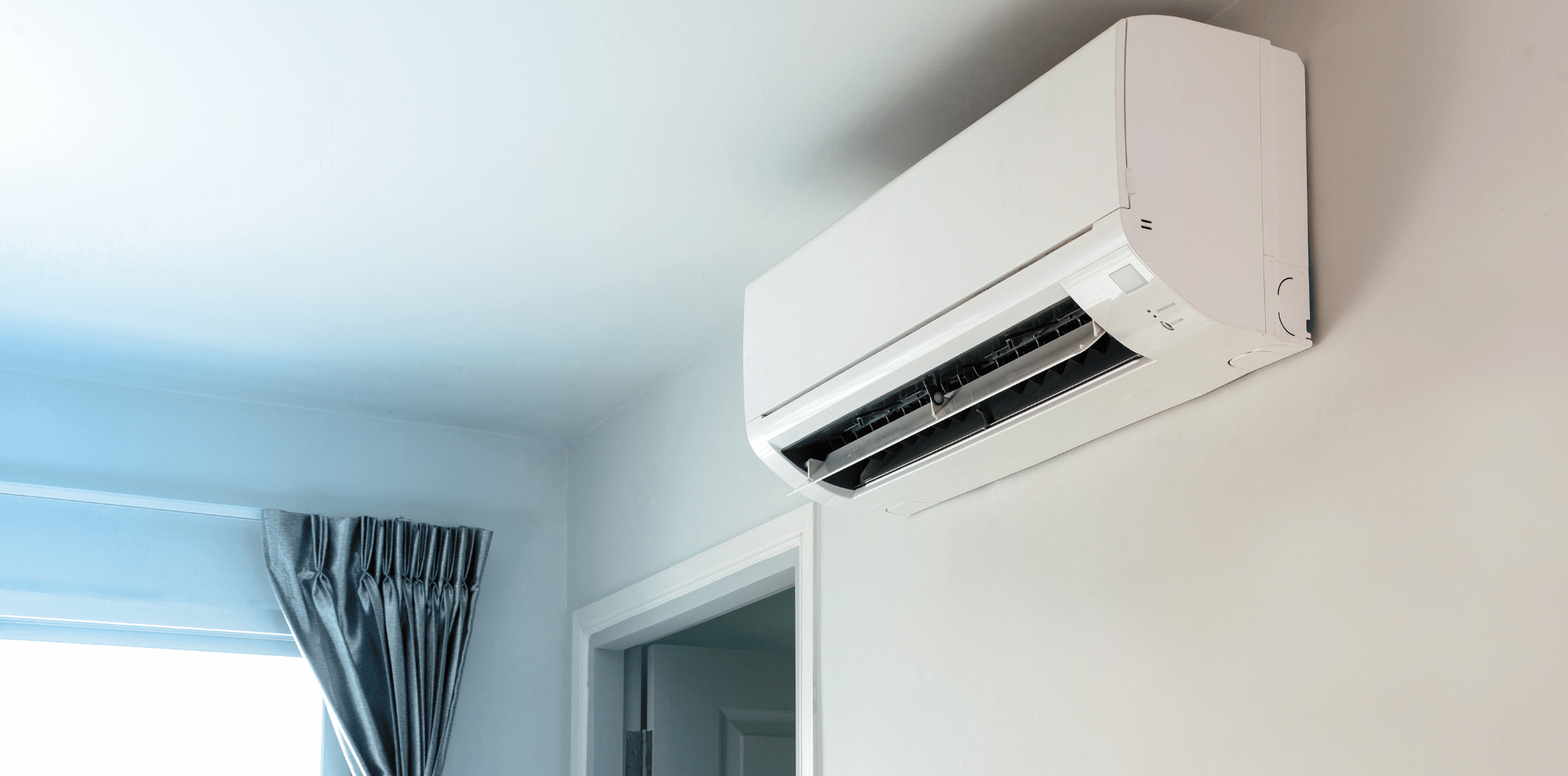
Easy Installation
One of the standout features of Split system air conditioners is their ease of installation compared to traditional HVAC systems. This ease is primarily due to their compact size, the minimal structural requirements, and the flexibility in placement.
Here’s a detailed look at why these systems are considered easier to install and the benefits this brings to homeowners.
Minimal Structural Impact
Traditional HVAC systems often require extensive ductwork, which can involve significant remodeling, especially in homes not originally built with air conditioning in mind. In contrast, ductless mini-split systems require only a small hole, typically around 8 cms in diameter, to be drilled through an exterior wall. This hole allows the indoor and outdoor units to be connected by a conduit, which contains the power cable, refrigerant tubing, suction tubing, and a condensate drain.
The minimal structural impact reduces installation time and preserves the integrity of the home’s structure.
Flexibility in Placement
The compact size of the indoor units and the relatively small outdoor compressor afford a high degree of flexibility in terms of placement:
- Indoor Units: Can be mounted on almost any wall, suspended from ceilings, or even installed as floor-standing models, allowing them to blend seamlessly with the room’s decor. This versatility ensures that the unit can be placed in the most effective or discreet location possible.
- Outdoor Units: Can be situated up to 15 metres away from the indoor units, allowing them to be hidden from view or placed in the most convenient location outside the home. This distance flexibility ensures that the aesthetic and acoustic impact on your living space is minimised.
Reduced Installation Time
Without the need to install ductwork, the overall installation process for a ductless mini-split system can often be completed in a single day, depending on the number of indoor and outdoor units being installed. This rapid installation is less disruptive to daily life and can be particularly beneficial in situations where quick climate control solutions are needed.
Cost-Effective Installation
While the upfront cost of a split system may be higher than that of traditional window units or portable air conditioners, the installation costs are typically lower than those for ducted air conditioning systems, especially when retrofitting older homes. By avoiding the need for ductwork, homeowners save on labour and materials, making ductless systems an economically attractive option.
Installation Considerations
Despite the relative ease, there are still important considerations to ensure optimal performance and efficiency:
- Professional Installation: While split systems are easier to install than traditional HVAC systems, professional installation is highly recommended. A qualified technician can determine the best locations for the units, properly size the system for your space, and ensure that the installation complies with local building codes and regulations.
- Proper Sizing: Just like traditional systems, ductless mini-split systems need to be correctly sized for the space they will be cooling or heating. An oversized or undersized unit can lead to inefficiency, increased energy costs, and reduced comfort levels.
- Aesthetic Integration: Homeowners should consider the visual impact of both indoor and outdoor units. While indoor units are sleek and designed to be unobtrusive, their placement should be planned to complement the room’s layout and design.
The easy installation of split system air conditioner presents a compelling advantage for homeowners, particularly those retrofitting older homes without existing ductwork or seeking a less invasive alternative to traditional HVAC systems.
With their compact size, flexibility in placement, and minimal structural requirements, split systems offer a quick, efficient, and less disruptive solution for personalised climate control in the home.
However, to ensure the system operates efficiently and effectively, it’s important to involve professional installers who can properly size and install the units, ensuring optimal performance and comfort.
Improved Indoor Air Quality
Indoor air quality (IAQ) is a significant concern for homeowners, as it directly impacts health, comfort, and well-being. Split system air conditioners offer several advantages over traditional ducted systems in maintaining and improving the quality of indoor air.
Let's look into how split sysytems can lead to better indoor air environments.
Elimination of Ductwork Contaminants
Traditional HVAC systems utilise a network of ducts to distribute air throughout the home.
Over time, these ducts can accumulate dust, allergens, pet dander, and other pollutants.
When the system is in operation, these contaminants can be circulated throughout the house, potentially worsening indoor air quality. Since ductless split systems do not rely on ductwork, they avoid this issue entirely, reducing the circulation of pollutants and leading to cleaner indoor air.
Individual Air Filtration
Each indoor unit of a ductless split system is equipped with its own filtration system. These filters trap dust, allergens, and other airborne particles before air is circulated into the room. Because each unit operates independently, air is filtered locally in each zone, enhancing the overall quality of the air inside the home.
Furthermore, because these filters are accessible and easy to clean or replace, homeowners can maintain them regularly, ensuring effective filtration and better air quality.
This contrasts with the filters in traditional systems, which can be difficult to access and may not be changed as frequently as they should be.
Reduced Humidity Levels
High levels of humidity can contribute to poor indoor air quality by fostering the growth of mould, mildew, and dust mites. Ductless split systems effectively remove moisture from the air during the cooling process, maintaining comfortable humidity levels and reducing the likelihood of mold and mildew development. This dehumidification process is particularly beneficial for individuals with respiratuory conditions or allergies.
No Cross-Contamination
In multi-zone ductless systems, air from different rooms is not mixed. This reduces the risk of cross-contamination—where air pollutants from one area are transported to another—common in ducted ducted systems. For instance, kitchen smells, pet odours, or tobacco smoke from one zone do not affect the air quality in other zones, ensuring that air in each room remains fresh and clean.
Considerations for Maximising Indoor Air Quality
While split systems can significantly improve indoor air quality, several practices can enhance their effectiveness:
- Regular Cleaning and Maintenance: To ensure optimal air filtration, clean the filters of each indoor unit regularly according to the manufacturer's instructions. Also, ensure the outdoor unit is free from debris and obstructions to maintain efficient operation.
- Professional Installation and Sizing: Proper sizing and installation by a professional are crucial to ensure the system operates efficiently and effectively removes humidity and contaminants from the air.
- Use of Advanced Filtration: Some mini-split models offer advanced filtration features, such as HEPA filters or activated carbon filters, which can further reduce airborne contaminants. Consider these options if air quality is a significant concern.
Split system air conditioners offer a viable solution for improving indoor air quality, primarily due to the elimination of ductwork and the individual filtration capabilities of each unit.
By reducing the circulation of allergens, dust, and other pollutants, and by maintaining optimal humidity levels, these systems can create a healthier and more comfortable indoor environment.
Regular maintenance and proper system sizing and installation further enhance these benefits, making ductless split systems an excellent choice for those concerned with indoor air quality.
Disadvantages of Ductless Mini-Split Systems
Aesthetic Impact
Some homeowners may find the indoor units visually intrusive. While they are less noticeable than window units, they are more visible than the vents of a ducted system.
Initial Cost
Mini-split systems can be more expensive upfront compared to traditional heating and cooling solutions, especially when multiple indoor units are required.
Maintenance
Each indoor unit requires regular maintenance, including cleaning filters and ensuring clear airflow, which can be more cumbersome than maintaining a single ducted system.
Considerations and Costs
Sizing and Placement
Proper sizing and placement of the indoor and outdoor units are crucial for efficiency and performance. An HVAC professional can help determine the best configuration for your space.
Installation Costs
Installation costs can vary widely based on the number of indoor and outdoor units required, the complexity of the installation, and local labor rates. Generally, the more zones you wish to control, the higher the overall cost.
Operating Costs
While the initial investment is higher, the lower operating costs of ductless mini-split systems can offset the initial expense over time, thanks to their higher energy efficiency.
Ductless mini-split systems offer a versatile, efficient, and customisable solution for heating and cooling, especially in homes without existing ductwork.
While they come with a higher upfront cost and some may find their appearance less than ideal, their energy efficiency, ease of installation, and the potential for improved indoor air quality make them an attractive option for many homeowners.
Before making a decision, consider your specific needs, the layout of your home, and the total costs involved. Consulting with a professional can help determine if a ductless mini-split system is the right choice for your home.


